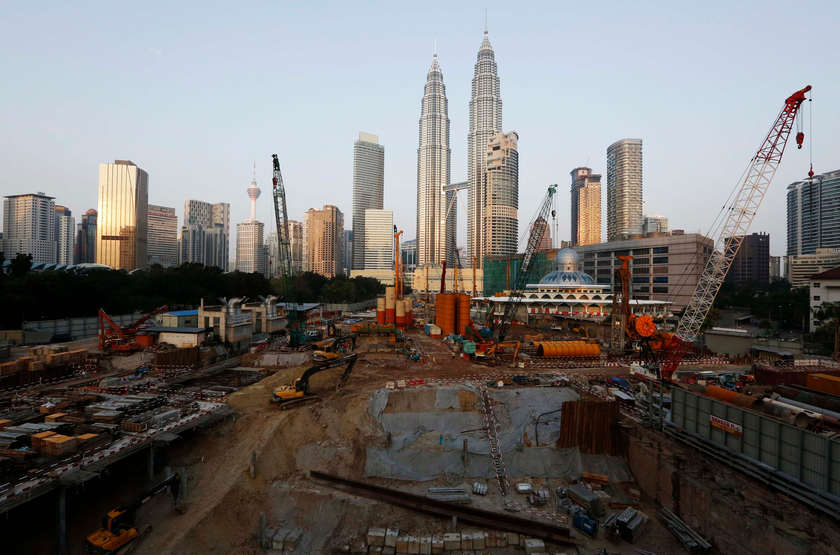KUALA LUMPUR, July 1 — Malaysia’s third quarter economic performance will be critical in determining how the economy will play out in 2020, says S&P Global Ratings.
Asia-Pacific economist Vishrut Rana said while the local economy is well-positioned to recover, the path towards recovery would remain challenging given the increasing unemployment rate.
“We expect Malaysia’s gross domestic product (GDP) to contract by two per cent in 2020, which is on the higher side compared with consensus. However, we see good progress in the containment of COVID-19 in Malaysia and the progression of the movement restriction.
“Which means, Malaysia is well-placed for a recovery and normalisation in activity in the third quarter,” he told a webinar titled “Malaysia - Fiscal And Debt Risks Reflect Impact of COVID-19” here today.
For 2021, 2022 and 2023, S&P Global expects Malaysia’s GDP to grow by 7.5 per cent, 6.1 per cent and 4.7 per cent, respectively.
It was reported recently that Malaysia’s economic growth moderated sharply to 0.7 per cent in the first quarter of 2020, compared with 3.6 per cent in the fourth quarter of 2019.
He also stressed that the third quarter would be critical for the ratings agency to determine how 2020 would play out for Malaysia—should there be a normalisation in economic activity and household spending, as well as low numbers of COVID-19 new cases, economic growth would likely happen.
Commenting on the risks to recovery for this year and the next, he said the two factors to monitor are COVID-19 and the local labour market.
“Globally and domestically, the pandemic should be contained and we expect by mid-2021, medical intervention will be available. This will prevent it to be as big of an issue as it is today.
“Secondly, the speed of recovery in the labour market is key. If the unemployment rate continues to grow, this will likely cause household income to fall, which will then cause a reduction in spending and economic growth,” he said.
Meanwhile, Asia-Pacific, Financial Institutions Ratings associate Nancy Duan said despite S&P Global’s revision on the outlook of five Malaysian banks to negative from stable yesterday, Malaysian banks are facing COVID-19 related challenges from a strong stance compared with regional peers.
She said the rating actions on these banks are based on the outlook revision on the sovereign credit ratings on Malaysia as it does not expect the banks to be able to withstand the stress associated with a sovereign default.
“Compared with regional peers, we believe Malaysian banks are facing COVID-19 related challenges from a pretty strong stance given their historical low nonperforming loan (NPL) ratio and historical high capital ratio, as at the end of last year,” she said.
However, she said the spike in the unemployment rate in April, the highest in a decade, is posing a risk to Malaysian banks given that they have a large exposure to the household sector of around 58 per cent.
She said the ratings agency forecasts the unemployment rate to be at 4.9 per cent this year and 4.7 per cent in 2021.
Answering a question in reference to recent reports of Sarawak’s sales tax lawsuit against national oil and gas company Petronas, Asia Pacific, Corporate Ratings associate director Shawn Park said: “Petronas has the financial capacity and operational resources to manage any potential downside to their cash flow.
“The exact amount that they are required to pay to the Sarawak government is unclear at this point. Regardless, Petronas is abundant in cash balance of RM144 billion as of the first quarter of 2020.”
Asked on the possibility of another round of special dividend request by the Malaysian government and whether this would affect the firm’s cash flow, Park said Petronas has gone through multiple down cycles and oil price collapses in the past.
He said even with the special dividend announcement last year, the company has maintained a sound financial policy and has the financial buffer to withstand any downside to its cash flow. — Bernama






















